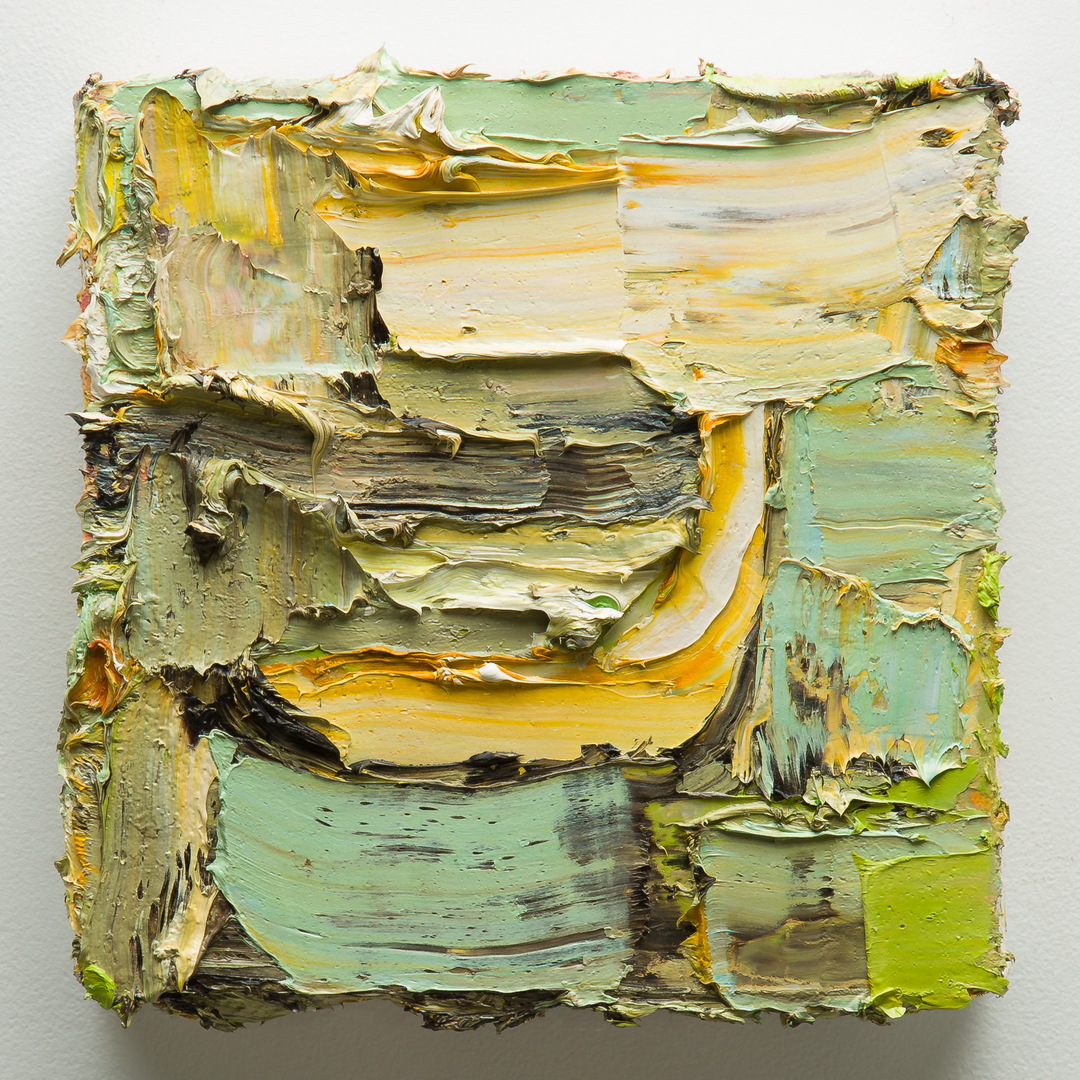


Having visually devoured the blues that dominate Cézanne’s late work, Rilke wrote, in Letters on Cézanne (another Joan favorite), of “an ancient Egyptian shadow blue” seen while crossing the Place de la Concorde, of the “wet dark blue” in a certain van Gogh, of the “hermetic blue” of a Rodin watercolor, of “the dense waxy blue of the Pompeiian wall paintings,” and of “a kind of thunderstorm blue” in a work by the Master of Aix– fabulous stuff for the future painter of Hudson River Day Line, Blue Territory, and La Grande Vallée, among myriad triumphs of blueness. In late 1907, the writer visited the Paris Salon d’Automne nearly every day, seeking to memorize the work of the Post-Impressionist, whose discipline, nuance, precision, and chromatic emotion he emulated. Rilke looked to painting, especially Cézanne’s, as a model for poetry. In her book Joan Mitchell: Lady Painter, Patricia Albers tells us:


 0 kommentar(er)
0 kommentar(er)
